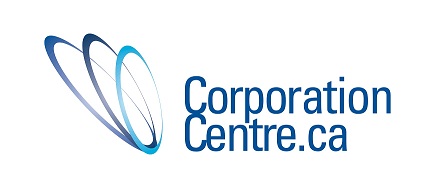“The
customer is always right” is a kernel of received wisdom that has stood the
test of time—and will likely remain with us for many years to come. Of course,
customer service is essential to the success and viability of any
service-oriented enterprise, and no manager who fails to prioritize this
dimension of day-to-day business can expect to keep h/er job for long.
Nonetheless,
the world is full of imperfect people. Everyone makes mistakes. Some
individuals are prone to losing their tempers for no good reason, have
irritating habits, or place unrealistic demands on others. The odds are good
that, sooner or later, you will do business with a customer who answers to one
or more of these descriptions.
In
other words, the tired old maxim that presupposes the correctness of the
customer isn’t true. On the contrary, customers are frequently wrong.
The
expertise gap.
You
or your staff likely know more about the products you offer and their best uses
than many of your customers do. You may occasionally have superior knowledge
about what is in a customer’s best interest. If this is the case, try to be
forthright.
Many
customers are understandably suspicious of the motives and intentions of
salespeople—Is he on commission? Will she try to peddle something I neither
want nor need?
 By
encouraging honesty and integrity throughout your enterprise, you will garner a
reputation that reflects those values, and in turn, earn the trust of current
and prospective customers. You want them to feel comfortable and confident that
you plan to help them, rather than exploit information asymmetries to your own advantage.
Obviously, a customer who expects a good-faith transaction will be more
receptive to your insights than an apprehensive one who fears a hustle.
By
encouraging honesty and integrity throughout your enterprise, you will garner a
reputation that reflects those values, and in turn, earn the trust of current
and prospective customers. You want them to feel comfortable and confident that
you plan to help them, rather than exploit information asymmetries to your own advantage.
Obviously, a customer who expects a good-faith transaction will be more
receptive to your insights than an apprehensive one who fears a hustle.
Give your
employees the benefit of the doubt.
No
one is entitled to spew abusive language or direct any other form of harassment
toward your staff. If a dispute arises between an employee and a customer, you
should give the customer’s concerns a fair hearing, but offer your employee the
benefit of the doubt.
By
giving your employees the support they need to do their jobs well, you’re
likely to end up with more satisfied customers too. Workers who believe that
their employer will have their back in a dispute will tend to find their work
more gratifying, enjoy higher morale, and offer customers an exemplary standard
of service.
Of
course, this doesn’t imply that you should embrace the equally extreme position
“The employee is always right”. But competent, hard-working staff certainly
deserve your support in the face of unreasonable customers.
Don’t
reward bad behaviour.
If
you dedicate yourself to the maxim “The customer is always right”, you’ll
naturally be inclined to tolerate a cantankerous customer’s misbehaviour—and by
tolerating it, you’ll only encourage more of the same. Don’t give in to the
person who yells the loudest or raises the biggest stink; at the end of the
day, this policy will do more harm to your business than good. Do you really
want your other customers to perceive that the most annoying shoppers are also
the ones most likely to get what they want?
Occasionally,
you may have to ask a combative individual to leave the premises, so that you
can concentrate on helping those who treat you with civility and respect. Bad
customers are also bad for business: they distract your employees from more
important tasks, and can create an unpleasant experience for everyone.



